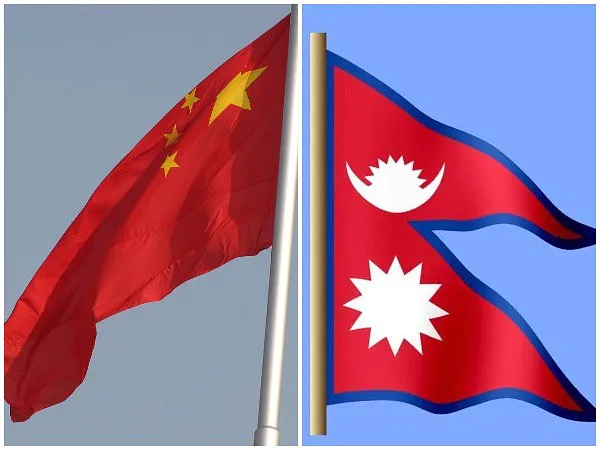China, which once promised to bring prosperity to Nepal through its investments, has now abandoned dozens of large-scale projects in the Himalayan nation.
After tension arose in Nepal-India ties briefly in 2015, then Prime Minister KP Sharma Oli visited the northern neighbour, and China connected with Nepal in multi-year strategic projects.
“At the time of Oli’s visit to Beijing, he had announced that Nepal had been transformed from a ‘land lock’ to a ‘land link’ country. Nepal had signed many points with China regarding the construction of inter-country infrastructure during that time,” Krishna Timalsina wrote in Khabarhub.
“Even then, China hastily linked these same infrastructure projects to the implementation of the BRI agreement and returned to China by declaring Nepal a “land-linked” country from a landlocked country,” he added.
According to the Nepalese portal, China’s commitment and investment project proposals fell by the wayside again.
Nepal has a weakness in not being able to move ahead with the big projects undertaken by China, said Planner Dr Jagdish Chandra Pokhrel on China’s inability to implement its old commitments despite repeated assurances.
“We look at every project from a political point of view, depending on the agreement reached under which government, the projects under BRI are in disarray and the projects under MCC are also under scrutiny,” Pokhrel said.
“Therefore, we must continue to focus on our needs and priorities,” he added. China’s priority is not grants but loans, he added.
In May 2017, Beijing signed a Memorandum of Understanding (MoU) on the Belt and Road Initiative with Kathmandu for the purposes of opening new connectivity routes through building roads, railways, ports and aviation, alongside further investments in communication technologies, hydropower and energy projects, finance and tourism.
Experts say China’s ambitious Belt and Road initiative (BRI) is not likely to work with Nepal due to a number of economic, infrastructural and environmental concerns. The COVID-19 pandemic has exasperated these issues.
Nepal and China signed the BRI agreement 5-year years ago. However, even after so many years have passed the BRI projects are nowhere to be seen on the horizon, The Kathmandu Post reported.
“We had a slow start. It took time to select projects and then we trimmed down the number of selected projects from 35 to nine,” said Pradip Gyawali, who served as the Foreign Minister to Nepal.
“As we were working on the project implementation plan and its framework, the pandemic hit, and the entire priority was shifted,” he added.
According to The Kathmandu Post, certain political and ideological reasons have hindered the progress of BRI in Nepal.
Since the projects under the BRI were mostly funded with loans, taken by Nepal, the country Kathmandu had reduced the number of projects to nine from thirty-nine.

